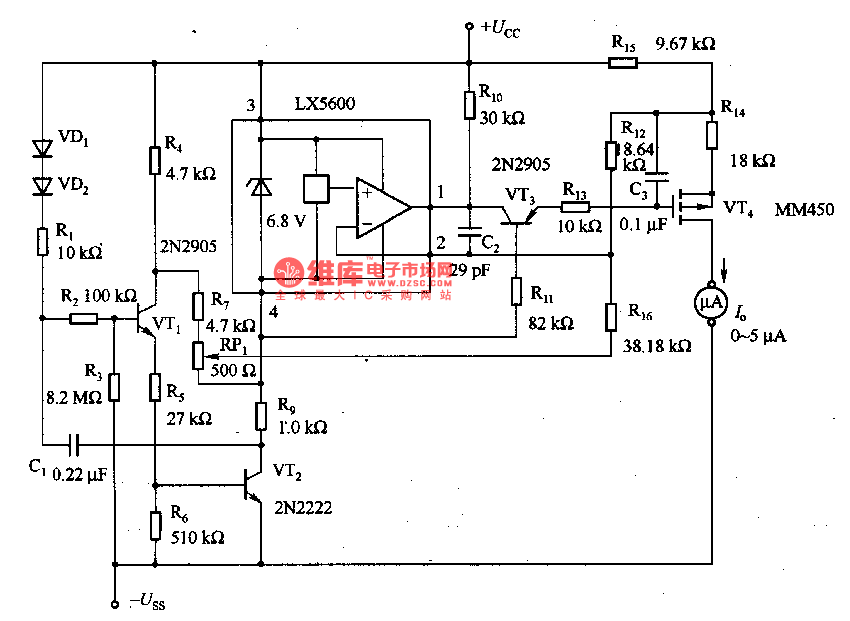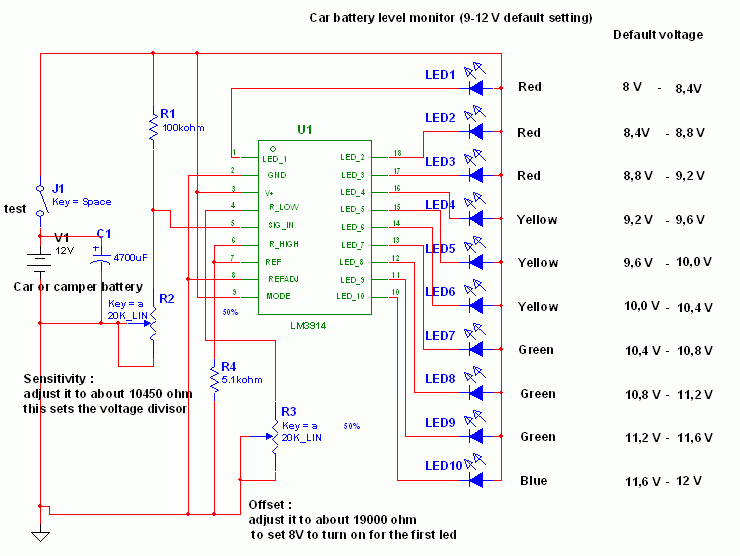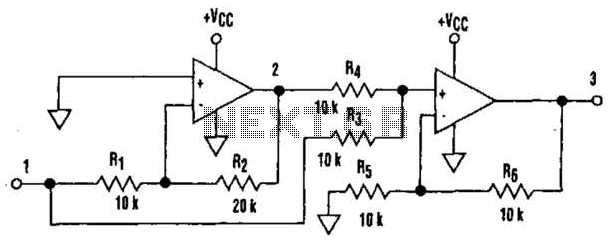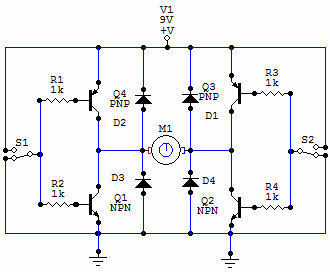
Automotive Pneumatic Locking Circuit Configuration Diagram

The circuit diagram displayed below illustrates a single-wire vacuum control system for pneumatic locking, commonly utilized in vehicles from Jaguar, Audi, and Mercedes.
The circuit operates by managing the vacuum pressure required to engage or disengage the pneumatic locking mechanism. It consists of a vacuum source, a control valve, and a locking actuator. The vacuum source is typically connected to the vehicle's engine or a dedicated vacuum pump, which generates the necessary vacuum pressure.
The control valve is an electromechanical component that regulates the flow of vacuum to the locking actuator. It is activated by a switch, which can be integrated into the vehicle's central locking system or operated manually. When the switch is engaged, the control valve opens, allowing vacuum pressure to flow towards the actuator, which then engages the locking mechanism.
The locking actuator is a diaphragm or piston-based device that responds to the applied vacuum. When vacuum pressure is present, the actuator moves, either locking or unlocking the door or trunk. The system is designed to ensure that the locking mechanism operates reliably and efficiently, providing enhanced security for the vehicle.
Additionally, safety features may be incorporated into the design to prevent accidental activation or failure of the locking system. These may include pressure sensors, fail-safe mechanisms, and feedback systems that confirm the locking status. Overall, the single-wire vacuum control circuit is an effective solution for pneumatic locking in high-end automotive applications.The circuit diagram shown below appears one wire vaccum control of pneumatic locking which is popular with Jaguar, Audi and Mercedes Pneumatic 🔗 External reference
The circuit operates by managing the vacuum pressure required to engage or disengage the pneumatic locking mechanism. It consists of a vacuum source, a control valve, and a locking actuator. The vacuum source is typically connected to the vehicle's engine or a dedicated vacuum pump, which generates the necessary vacuum pressure.
The control valve is an electromechanical component that regulates the flow of vacuum to the locking actuator. It is activated by a switch, which can be integrated into the vehicle's central locking system or operated manually. When the switch is engaged, the control valve opens, allowing vacuum pressure to flow towards the actuator, which then engages the locking mechanism.
The locking actuator is a diaphragm or piston-based device that responds to the applied vacuum. When vacuum pressure is present, the actuator moves, either locking or unlocking the door or trunk. The system is designed to ensure that the locking mechanism operates reliably and efficiently, providing enhanced security for the vehicle.
Additionally, safety features may be incorporated into the design to prevent accidental activation or failure of the locking system. These may include pressure sensors, fail-safe mechanisms, and feedback systems that confirm the locking status. Overall, the single-wire vacuum control circuit is an effective solution for pneumatic locking in high-end automotive applications.The circuit diagram shown below appears one wire vaccum control of pneumatic locking which is popular with Jaguar, Audi and Mercedes Pneumatic 🔗 External reference





